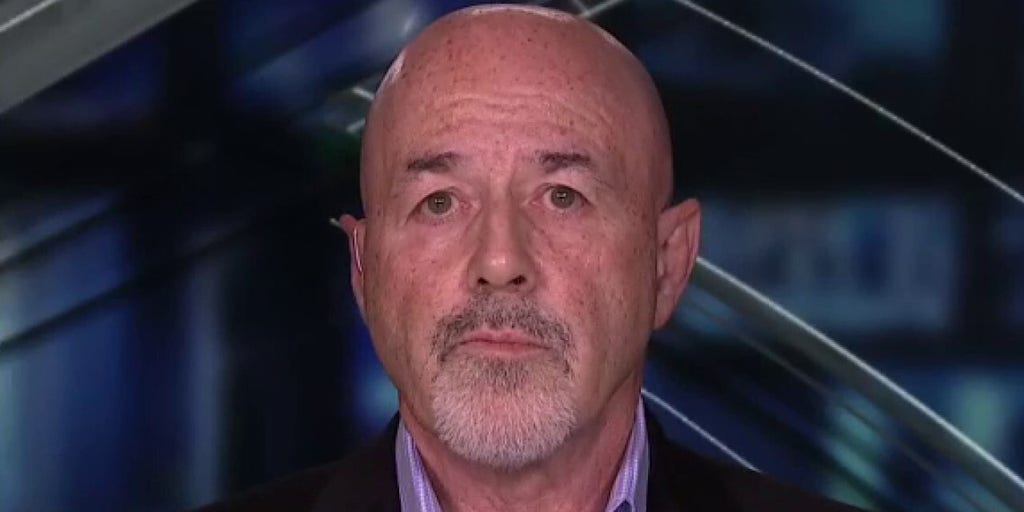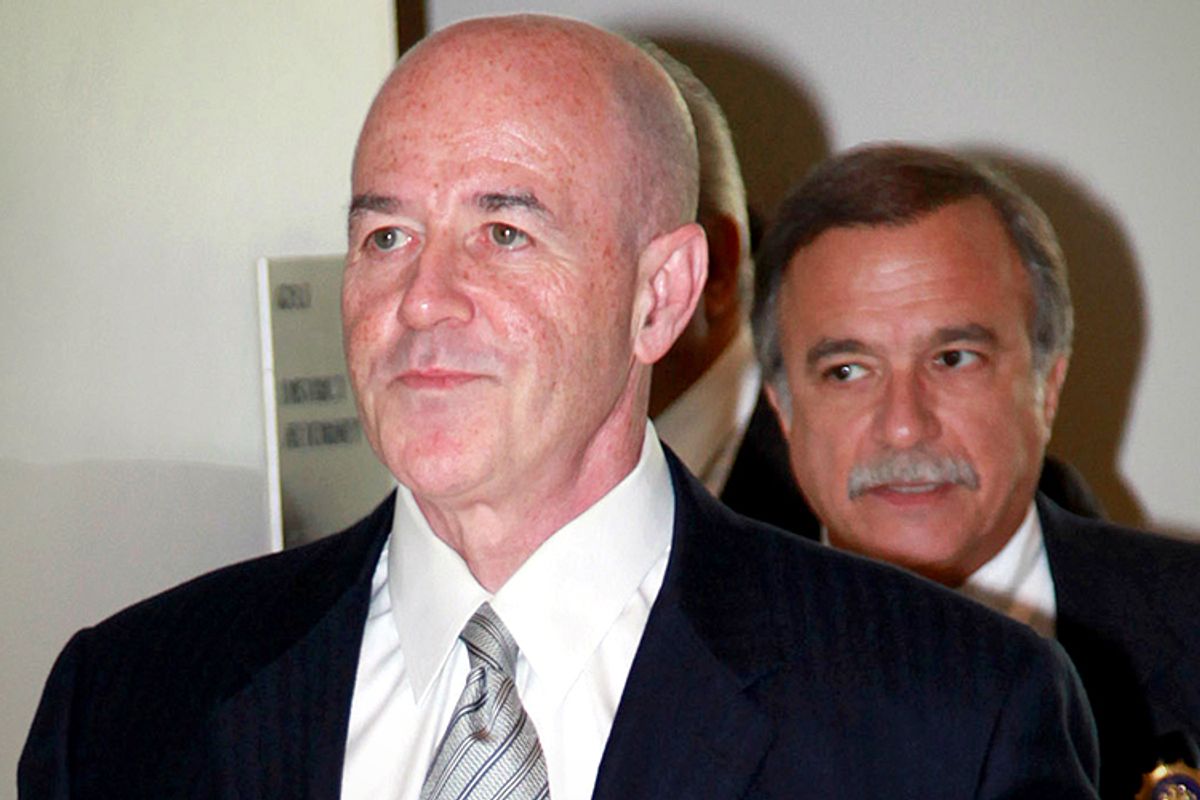Tennis Governance Under Fire: Djokovic's Union Initiates Legal Action

Table of Contents
The Genesis of the Conflict: Understanding the Players' Grievances
For years, simmering tensions have existed between professional tennis players and the governing bodies – the ATP (Association of Tennis Professionals), WTA (Women's Tennis Association), and ITF (International Tennis Federation). These tensions have manifested in various forms, leading to a growing sense of discontent among players who feel their voices are not being heard. The core grievances revolve around several key issues:
-
Prize Money Distribution and Fairness: Players, particularly those ranked outside the top tier, often feel that the current prize money distribution system is unfair, favoring the top players at the expense of those further down the rankings. This disparity fuels resentment and undermines the feeling of a level playing field.
-
Tournament Scheduling and Player Welfare: The relentless tournament schedule often leaves players exhausted and susceptible to injury. Concerns about player burnout and the lack of adequate rest periods are frequently raised, highlighting a need for improved scheduling that prioritizes player health and well-being.
-
Lack of Player Representation in Decision-Making Processes: Many players feel that they lack sufficient representation in the decision-making processes of the governing bodies. This lack of voice leads to a feeling of powerlessness and undermines their ability to influence policies that directly affect their careers and livelihoods.
-
Recent Controversies Fueling Discontent: Several recent controversies, including disputes over rule changes, sponsorship deals, and tournament regulations, have further fueled player discontent and highlighted the need for greater transparency and player involvement in governance. These incidents served as catalysts for the current wave of reform efforts.
Djokovic's Professional Tennis Players Association (PTPA): A Catalyst for Change?
The formation of the PTPA, spearheaded by Novak Djokovic, represents a significant attempt to address these long-standing grievances. Djokovic's leadership has galvanized many players, providing a powerful voice for those seeking greater representation and a fairer system. The PTPA's main objectives include:
-
Improved Player Representation and Governance: The PTPA aims to secure a greater voice for players in the decision-making processes of the governing bodies, ensuring that their concerns are heard and addressed effectively. This includes seeking greater representation on governing bodies' boards and committees.
-
Strategies for Achieving Goals: The PTPA employs a multi-pronged approach, utilizing both legal action, as seen in the current lawsuit, and negotiation to push for meaningful reforms. They aim to leverage collective bargaining power to improve conditions for players.
-
Level of Support: While the PTPA enjoys significant support from many players, it's also faced resistance and skepticism from some within the tennis community, highlighting the complex dynamics within the sport.
-
Challenges and Criticisms: The PTPA faces significant challenges, including navigating the existing power structures within tennis, securing widespread player support, and achieving its ambitious goals within the existing legal frameworks. Criticisms often focus on its effectiveness and the potential disruption it may cause.
The Legal Action: Specifics and Potential Outcomes
The PTPA's legal action against the ATP and other governing bodies represents a significant escalation in the conflict. The lawsuit alleges anti-competitive practices and seeks to address issues related to player welfare, prize money distribution, and governance reform.
-
Court and Parties Involved: The specifics of the court and the exact parties involved may vary depending on the jurisdiction and the strategy of the PTPA. (Note: Update this section with specific details as they become publicly available).
-
PTPA Demands: The PTPA's demands likely center on significant reforms in tennis governance, including greater player representation, fairer prize money distribution, and a more player-centric scheduling system.
-
Potential Outcomes: The potential outcomes range from minor concessions by the governing bodies to significant structural changes in how the sport is governed. A favorable ruling could lead to significant reforms, while an unfavorable one could stifle the movement for change.
-
Impact on the Future of Tennis Governance: Regardless of the outcome, the legal action will undoubtedly have a lasting impact on the future of tennis governance, forcing a reevaluation of the existing power structures and prompting discussions about player rights and responsibilities.
The Wider Implications for the Future of Tennis
This conflict extends far beyond the legal battle itself. Its ramifications are felt across the entire tennis ecosystem, affecting fans, sponsors, and the overall health of the sport.
-
Potential Changes to Tournament Structures: The conflict may lead to significant changes in tournament structures, prize money allocation, and player scheduling.
-
Impact on Player Relationships: The current climate has strained relationships between players and the governing bodies, potentially impacting player morale and participation.
-
Future of Player Representation: The future of player representation hinges on the outcome of this legal challenge. The success or failure of the PTPA will significantly shape how players are represented moving forward.
-
Commercial Viability: The long-term commercial viability of the sport is also at stake. Sponsorship deals, media rights, and fan engagement could all be impacted by the ongoing uncertainty.
Conclusion: The Fight for Tennis Governance Reform Continues
Novak Djokovic's PTPA and their legal challenge mark a pivotal moment in the history of professional tennis. The core issues at stake – player welfare, fair prize money distribution, and increased player representation – demand immediate attention. The outcome of this legal battle will significantly shape the future of tennis governance. Stay informed about the ongoing developments in this crucial battle for tennis governance reform and follow the PTPA's efforts to improve tennis governance, ensuring a fairer and more sustainable future for the sport. The fight for positive changes in tennis governance is far from over.

Featured Posts
-
 Ticketmasters Warning Protect Yourself From Fake Ticket Scams
May 30, 2025
Ticketmasters Warning Protect Yourself From Fake Ticket Scams
May 30, 2025 -
 Virtual Venue De Ticketmaster Experiencia Inmersiva Para Comprar Boletos
May 30, 2025
Virtual Venue De Ticketmaster Experiencia Inmersiva Para Comprar Boletos
May 30, 2025 -
 Gambling On Calamity The Growing Concern Over Wildfire Betting Markets
May 30, 2025
Gambling On Calamity The Growing Concern Over Wildfire Betting Markets
May 30, 2025 -
 Sncf En Pagaille La Greve Est Elle Inevitable Declaration Ministerielle
May 30, 2025
Sncf En Pagaille La Greve Est Elle Inevitable Declaration Ministerielle
May 30, 2025 -
 Energy Price Increases Experts Warn Of Impacts From New Us Policy
May 30, 2025
Energy Price Increases Experts Warn Of Impacts From New Us Policy
May 30, 2025
Latest Posts
-
 Bernard Kerik And The Nypds Response To 9 11
May 31, 2025
Bernard Kerik And The Nypds Response To 9 11
May 31, 2025 -
 Umzug In Eine Deutsche Stadt Kostenlose Wohnungen Warten
May 31, 2025
Umzug In Eine Deutsche Stadt Kostenlose Wohnungen Warten
May 31, 2025 -
 Diese Deutsche Stadt Sucht Neue Bewohner Und Bietet Kostenlose Unterkuenfte
May 31, 2025
Diese Deutsche Stadt Sucht Neue Bewohner Und Bietet Kostenlose Unterkuenfte
May 31, 2025 -
 Former Nypd Commissioner Bernard Kerik Hospitalized Update On His Condition
May 31, 2025
Former Nypd Commissioner Bernard Kerik Hospitalized Update On His Condition
May 31, 2025 -
 Deutsche Stadt Lockt Mit Kostenloser Unterkunft Neue Einwohner An
May 31, 2025
Deutsche Stadt Lockt Mit Kostenloser Unterkunft Neue Einwohner An
May 31, 2025
